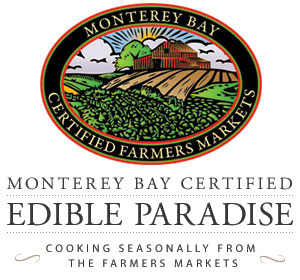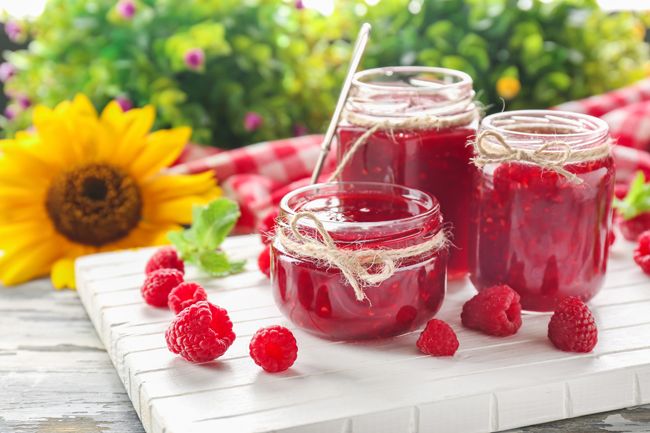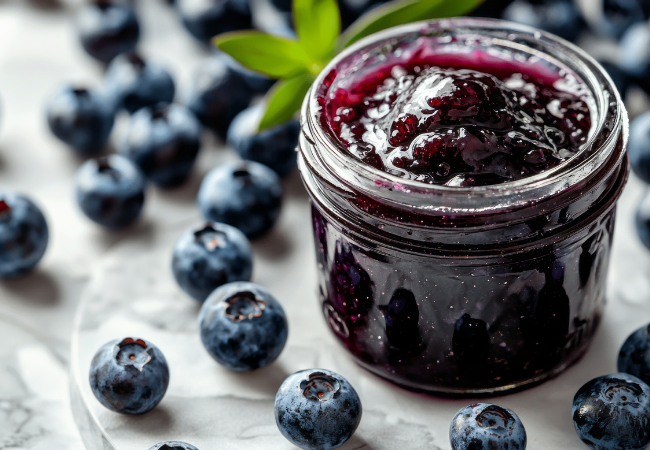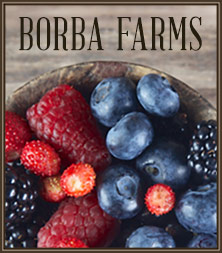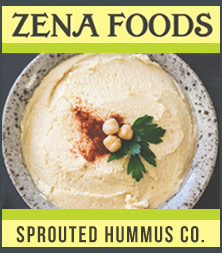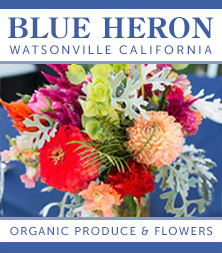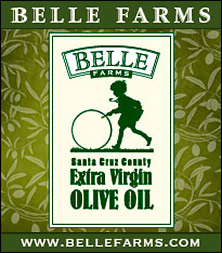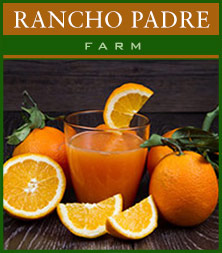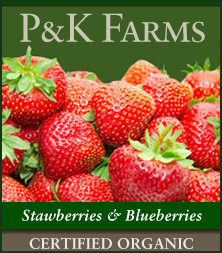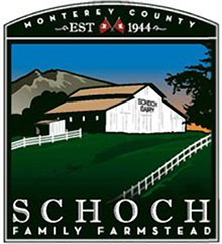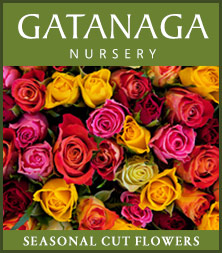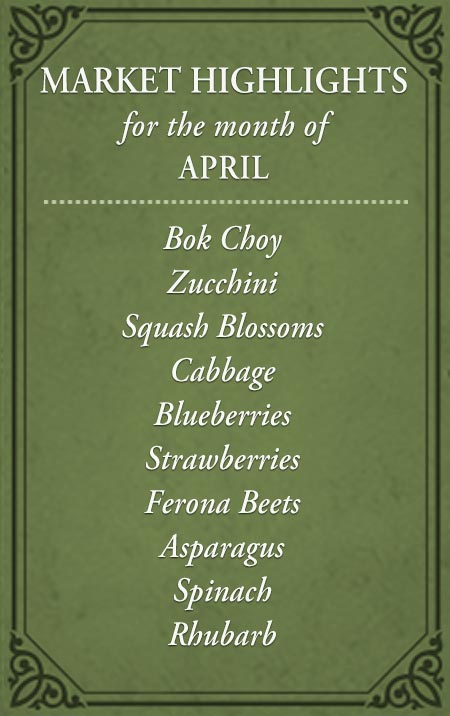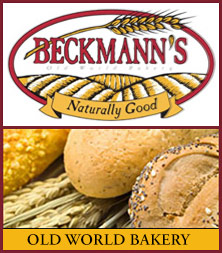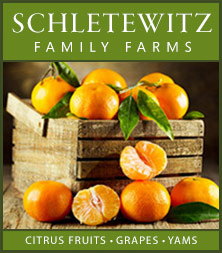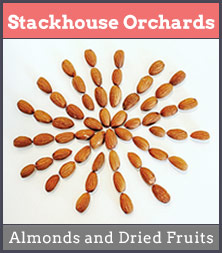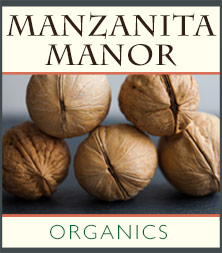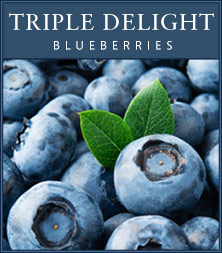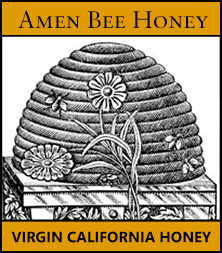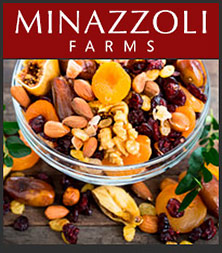It’s officially jam-making season, and the Monterey Bay Certified Farmers Markets are a haven for anyone eager to preserve the flavors of summer. In early June, the stalls burst with berries—strawberries, olallieberries, blackberries, blueberries, loganberries, raspberries, and gooseberries. Cherries and Blenheim apricots overlap for a short but sweet window, while early stone fruits like plums, apriums, and pluots have already arrived. By late June, peaches and nectarines join the mix in abundance. And for those who enjoy foraging, wild elderberries ripen later in the season.
The Revival of Preserving
Canning and preserving are experiencing a renaissance among home cooks. Once viewed as a summer chore by our mothers and grandmothers, preserving is now embraced by curious foodies who see it as both practical and creative. Fortunately, there are more resources than ever—formulations for low-sugar, no-sugar, and no-pectin recipes, along with traditional methods. Beginners will find plenty of reliable, tested recipes through agricultural extensions and trusted sources (some are listed at the bottom of this article). On this site, you can also explore recipes under the “canning and preserving” category.
Understanding Pectin — It’s Natural!
Pectin is a natural thickening agent found in fruits, especially apple scraps and seeds. It’s the magical ingredient that transforms fruit and sugar into a spreadable gel. Some fruits, like apples and citrus, are naturally high in pectin and need little or no help. Others, such as berries or stone fruit, often require added pectin or longer cooking.
The drawback of cooking fruit for too long is that it can lead to mushy texture and even a scorched taste. That’s why novices are better off using commercial pectin rather than relying on extended cooking times. Professional and artisanal producers often use wide, shallow pans or steam-jacketed kettles that distribute heat evenly and allow fruit to cook quickly without losing flavor.
A Brief History of Pectin
Pectin was first identified in 1825 by French chemist Henri Braconnot, though cooks had been relying on pectin-rich fruits for centuries. As commercial jam production grew, manufacturers began sourcing apple pomace from juice producers to extract pectin. In the 1920s and 1930s, liquid pectin was introduced to home cooks; today, powdered pectin is more common because it stores well and is easy to use.
Tips for Perfect Jam Every Time
Pectin is key to creating jams with the right balance of structure and flavor. It helps reduce liquid separation (called syneresis) and gives body to low-sugar preserves while keeping the bright fruit taste. Most powdered pectins come with clear, detailed instructions—follow them closely. Don’t change sugar amounts or substitute ingredients unless the recipe is specifically designed for alternatives like honey or low sugar. For those variations, look for low-ester pectins made for reduced-sugar jams.
Troubleshooting and Resources
If your jam turns out too runny or too stiff, don’t get discouraged. Keep a preserving diary to track fruit ripeness, acid levels, and exact measurements—these factors can all affect the final set. Always follow the directions for the brand of pectin you’re using, as formulas differ.
Trusted information and recipes can be found on pectin manufacturer websites (MCP, Sure-Jell, Ball, Pomona), canning jar supplier sites (Ball, Kerr, Mason), and university cooperative extension websites, which provide research-based guidance for home canners.
Make Your Own Pectin
For the adventurous, making homemade pectin is also an option. While it can be unpredictable, the results are still delicious—if your jam doesn’t set, you’ll have a lovely fruit syrup perfect for pancakes, waffles, or ice cream. Here’s a link to making your own pectin.
RECIPES: Click here for jam and preserves recipes.
RESOURCES:
For the beginning food preserver:
www.uga.edu/nchfp/
www.freshpreserving.com/canning-101.html
For making jams without sugar, see:
www.uga.edu/nchfp/how/can7_jam_jelly.html
www.splenda.com or call 1-800-7-SPLENDA
www.equal.com or call 1-800-323-5316
www.sweetnlow.com
For information on pectin for making sugar-free or low-sugar jellied products:
www.homecanning.com
www.kraftfoods.com/surejell/
www.mrswages.com
www.pomonapectin.com
